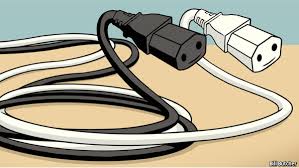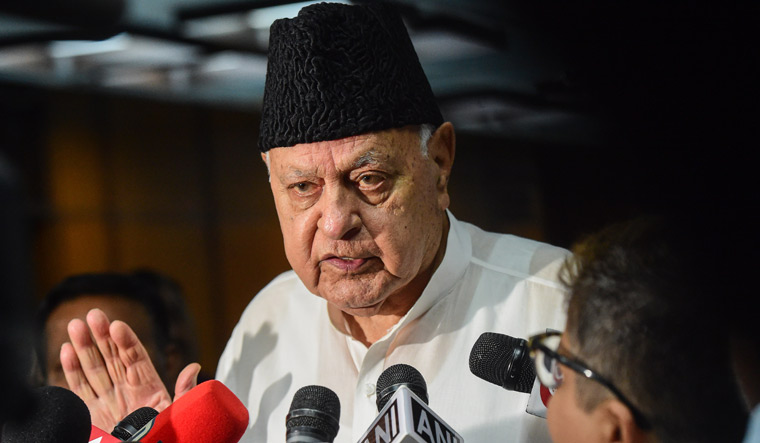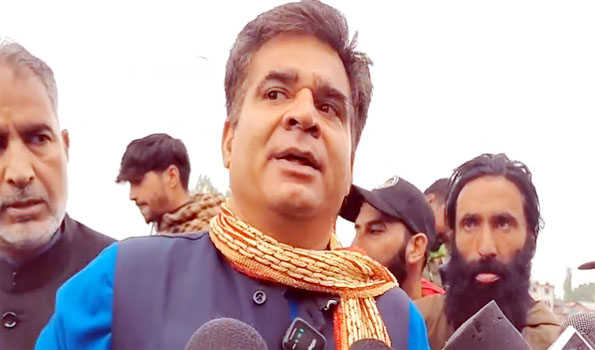Projects with 770-MW capacity produce 260 MW
In the bone-chilling weather conditions, Jammu and Kashmir has plunged into a major power crisis with an increasing gap between demand and supply of electricity due to less generation of power and ‘highly loaded’ transmission system.
 Power generation in the state has come down to one-third of the total generation capacity while the intense weather conditions have enhanced power demand manifold.
Power generation in the state has come down to one-third of the total generation capacity while the intense weather conditions have enhanced power demand manifold.
“The state generates around 1,200 MW. Baglihar project-II is yet to be put in generation mode despite its inauguration by the Prime Minister. Apart from Baglihar-II, generation capacity of the state is 770.21 MW. It has come down to around 260 MW due to low discharge in rivers,” said Asgar Ali Majaz, Executive Director (Electric), Jammu and Kashmir State Power Development Corporation Limited (JKSPDC).
The JKSPDC runs 21 power projects, including the 900-MW Baglihar hydroelectric project (I and II with 450 MW capacity each). The state requires 2,500 MW to meet energy requirements and it has been purchasing power from the Northern Grid and other resources.
Majaz said some small power projects had been shut due to very low or no water discharge in the rivers where these projects had been established.
“The power projects with generation capacity up to 32.75 MW in Leh and Kargil districts of Ladakh are non-functional. We are getting only one-third of the total power generation from the remaining power projects. At present, the total demand of the state is nearly 1,900 MW, which is being met by purchasing power from outside,” Majaz said.
He said the state had been facing a power crisis because of a “highly loaded system” in wake of prevailing harsh weather conditions in the state. “Yesterday alone, Jammu drew nearly 100 MW extra electricity after the temperature plummeted several notches below normal,” he said.
A senior official of the JKSPDC associated with the Baglihar project said on the condition of anonymity that they had been able to run only one of the six turbines of 150 MW each due to very low discharge of water in the Chenab.
“We will be able to run other turbines only in or after March,” he said, adding that the state’s power generation was dependent on discharge of water in the river, heavy snowfall and melting of glaciers. “The power crisis is likely to aggravate as the state did not receive heavy snowfall this year so far,” he added.
The estimated hydro power potential of the state is 20,000 MW, of which 16,480 MW has been identified. Of the identified potential, only 2,458 MW (about 15 per cent) had been exploited so far. It consists of 770 MW in the state sector from 20 power projects, 1,680 MW from four power projects in the Central sector and 17.5 MW from two private sector projects.
Jammu and Kashmir gets 12 per cent (210 MW) energy as royalty (free power) from the National Hydroelectric Power Corporation for the exploitation of its water resources. According to official statistics, the state government had spent over Rs 30,000 crore on power purchases from 2004 to October 2015.






